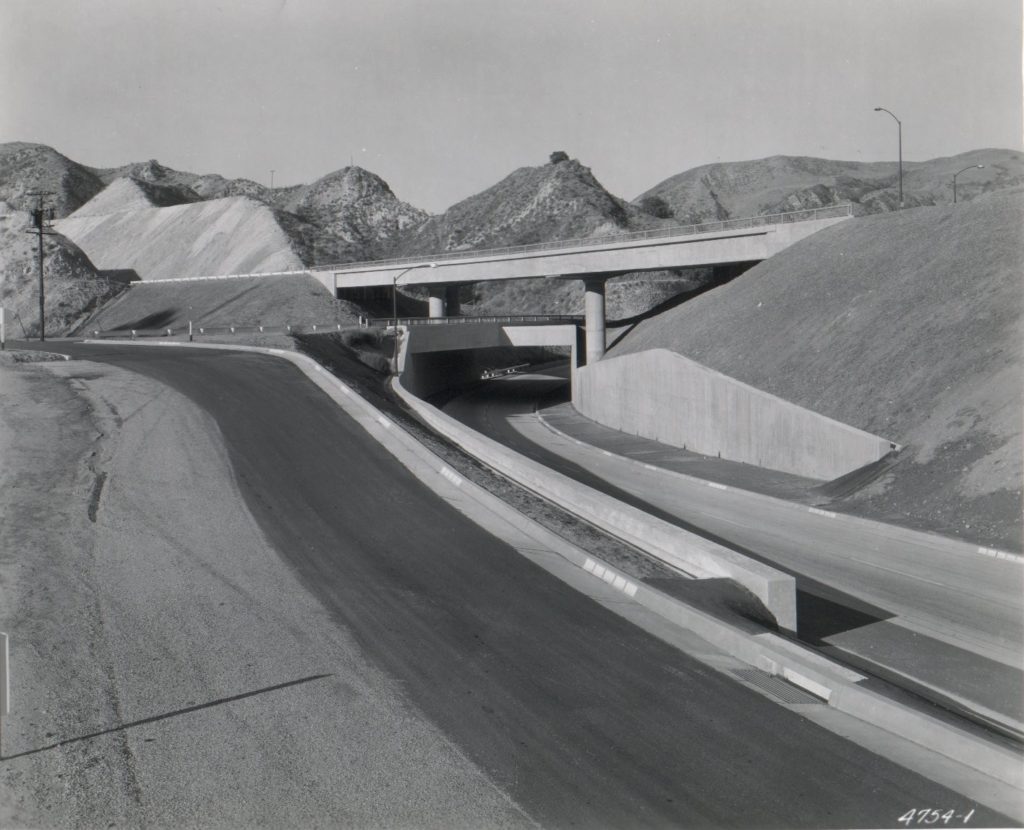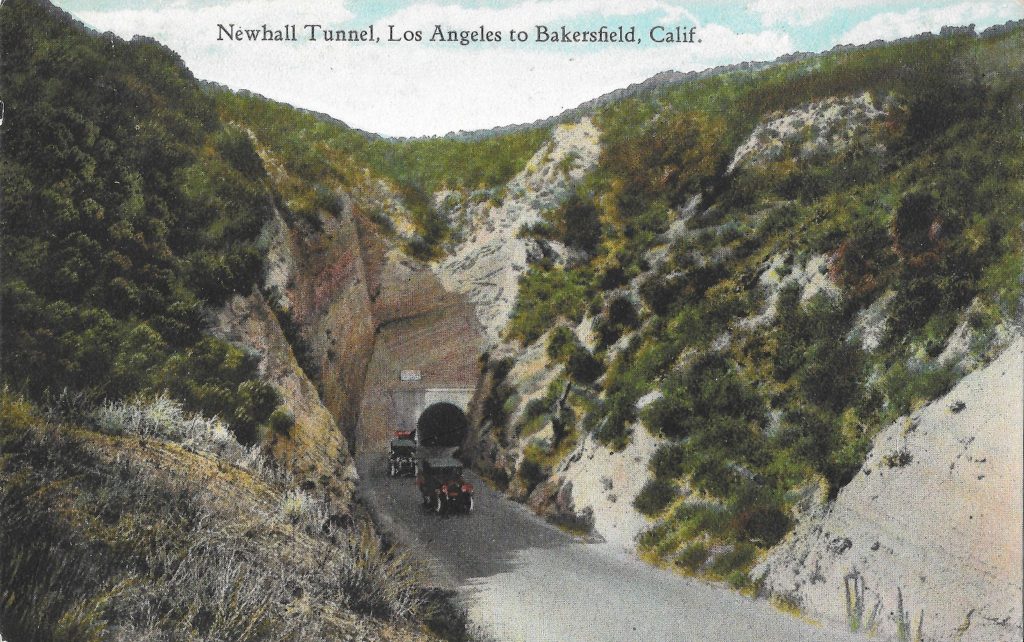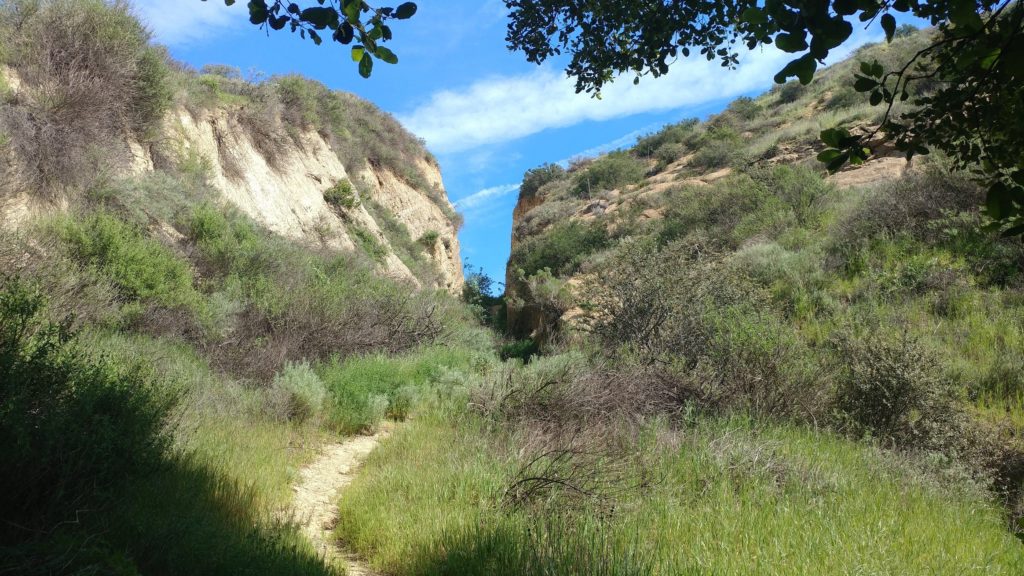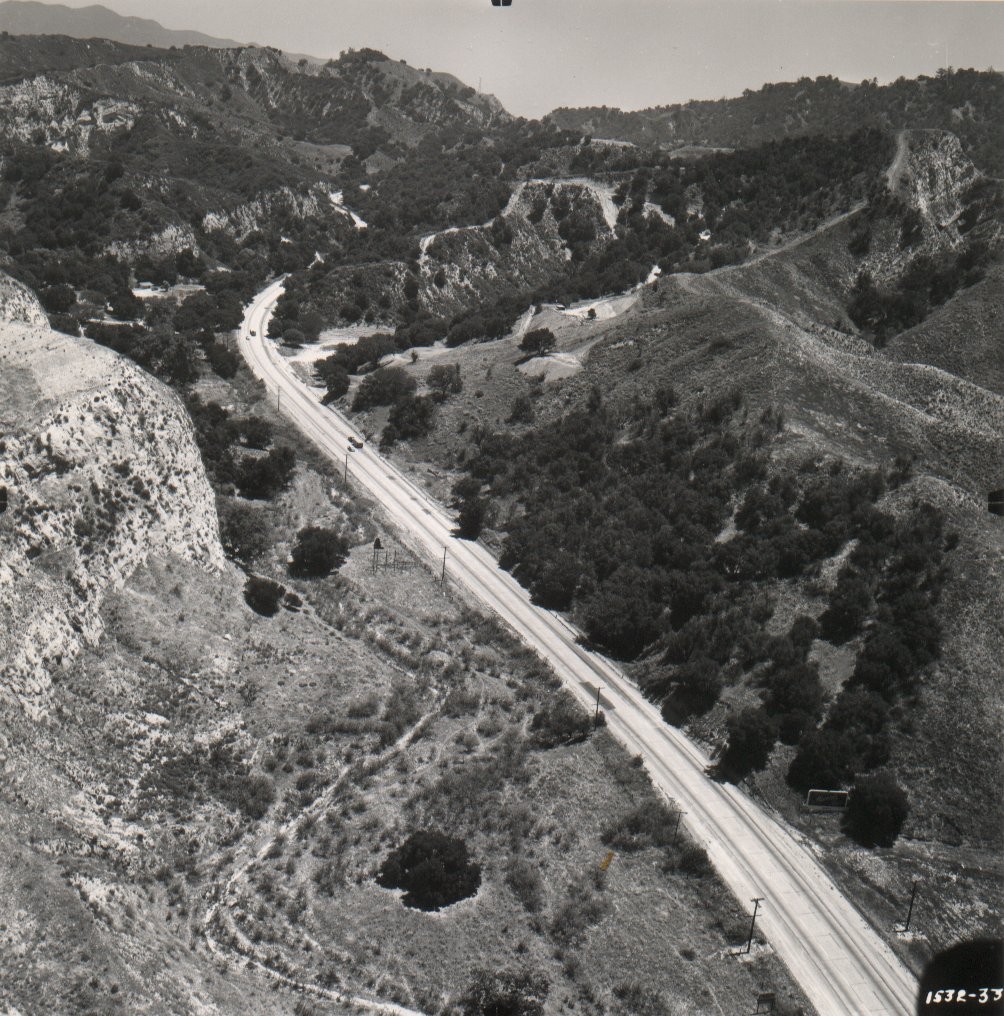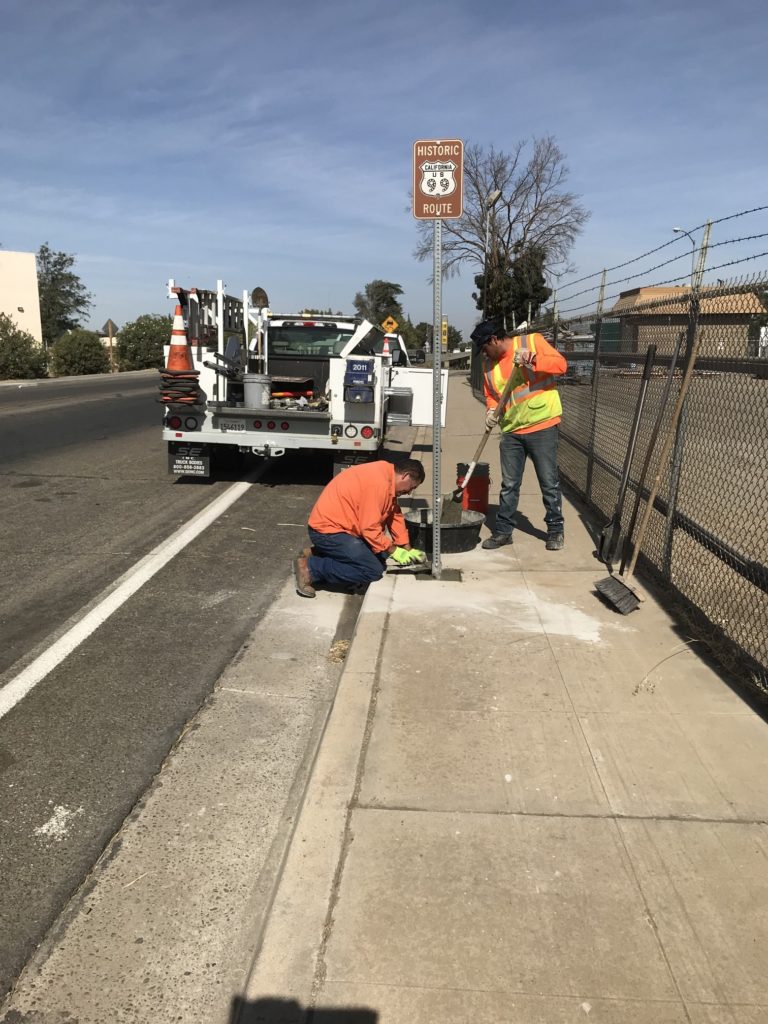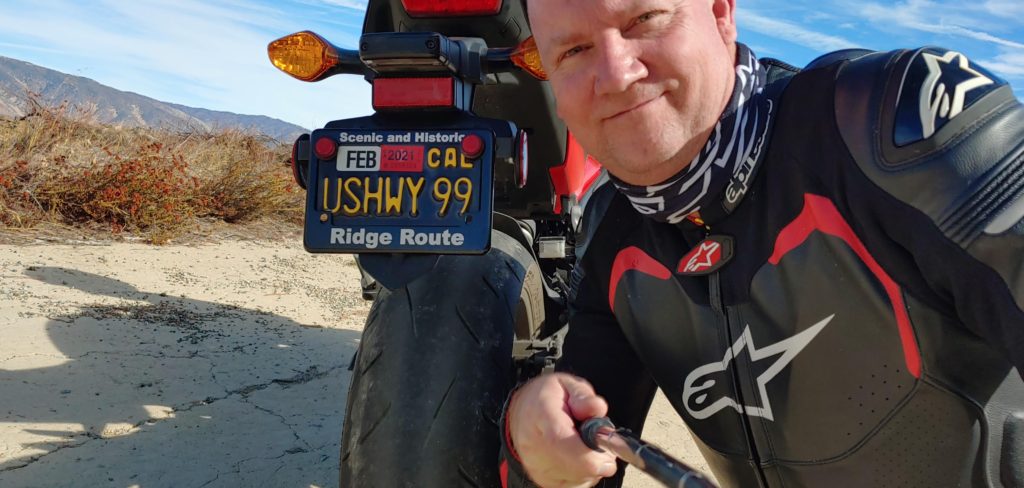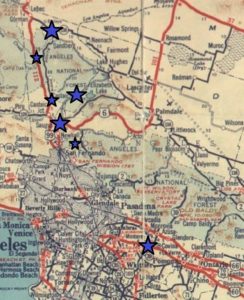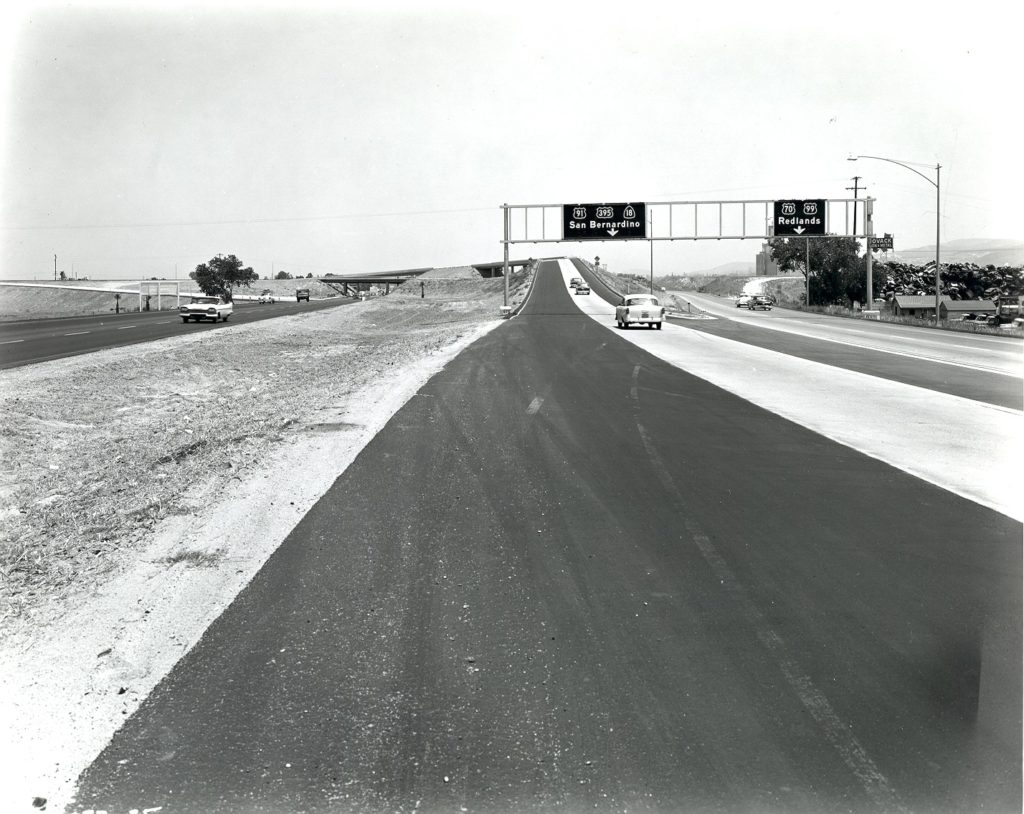Message from the President
On November 23, 2021, we celebrate our first year as a California Non-Profit Public Benefit Corporation! We have done a lot in our first year and have a lot more to do in the future. In March 2021, we posted our first signs in the city of Calexico and were granted our 501(c)3 status. We also started memberships at the time. Our memberships are growing and now cover California, Oregon, Washington, and British Columbia. In September 2021, we worked with the city of Madera to post new signs along their portion of Historic US 99 known as Gateway Drive. We’ve been in two newspapers so far because of these projects.
I am very proud of what we have been able to accomplish in such a short period of time. We could not have done any of this without all your support and wish to thank all that have contributed their time and money toward our efforts. We also would love to hear from you! What are your thoughts about what we’ve done? Would you like to help? We need your help to represent us throughout the state. We’d love to hear your feedback.
US 99 and Newhall Pass – Part 2
by Michael F Ballard
Upgrading to a Four Lane Expressway
By the early 1940’s, it became evident that yet another improvement had to be made to the highway. World War II postponed most of the planned improvements for US 99. A plan to widen US 99 to four lanes along its entire course was begun in 1947. On June 24, 1948, a contract was awarded for a 3.3-mile segment, Saugus Junction to Pico Canyon. It was completed on April 8, 1949. In this case, the widening was cheaper, costing only $450,000, as only minor realignments had to be done. The old lanes were used for the northbound side and a new set of lanes was added for the southbound side. The Weldon and Gavin Canyon sections were finally widened to a four-lane expressway in 1951. The old concrete could not be used and had to be demolished, as this section required considerable straightening. The new lanes were made of eight-inch concrete 24 feet wide with a division strip of varying width. These two new roadways had asphalt shoulders that were eight feet wide on the right and five feet wide on the left. The realigning of the roadway involved the excavation of over 700,000 cubic yards. Total cost for this section amounted to about $1 million.
By 1953, traffic had increased to the point where the next step had to be taken – grade separations. The first section of freeway was completed in 1954. It ran from San Fernando Road near Sepulveda Boulevard (Sepulveda Junction) to the base of Weldon Canyon. This new freeway had many features which greatly improved traffic flow through here. A three-level interchange was constructed at the junction of US 6 and US 99. Direct ramps were constructed to connect northbound US 99 traffic to northbound US 6 and southbound US 6 traffic to southbound US 99.
Upgrading to an Interstate
The first segment of US 99 in the Santa Clarita Valley to be reconstructed as an Interstate was between Saugus Junction and Castaic Junction. That freeway, completed in 1964, still carried US 99 shields on the overhead signs. This was done to ease the transition to I-5 from US 99. The completion of the freeway eliminated two major traffic signals along the old highway. From 1967 to 1968, the rest of old US 99 was upgraded to a full freeway. The original freeway through Newhall Pass is now used as the truck route and has been since the interchange was reconstructed with State Highway 14, the Antelope Valley Freeway. The new interchange is located just a half mile northwest of the old interchange.
Earthquakes and Newhall Pass
On the morning of February 9, 1971, it was still under construction when the Sylmar / San Fernando earthquake struck. Most of what was built collapsed, killing two people in a pickup truck below. It also crushed a newly constructed crane, which was set to be used for the first time that Tuesday morning. The interchange was subsequently rebuilt and finally completed in 1975. However, on January 17, 1994, two of the bridges collapsed in the Reseda / Northridge earthquake. It took less that a year for the interchange to be rebuilt which is remarkable for reconstruction of a major, and functioning, freeway interchange. The old expressway in Gavin Canyon was used as a temporary freeway after the Gavin Canyon overpasses partially collapsed leaving one big rig and a few cars stranded on an island in the sky. The original 1951 concrete was paved over at that time. The center concrete barrier and metal guardrail were also added at that time.
Highway 99 In the News
We were in the news on Saturday, October 9, 2021! The Madera Tribune, a local paper covering Madera County, printed the press release that was issued by the City of Madera for our latest signing project. Getting ink, no matter how, is pretty cool. Every little bit helps with awareness of our organization and spreading the word of our goals.
http://www.maderatribune.com/single-post/historic-99-signs-posted-in-madera
November Presentation
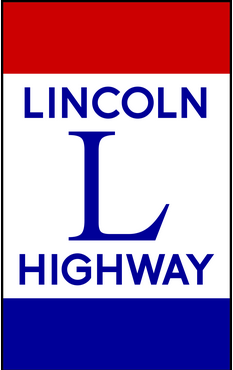
“Where the Lincoln Highway meets Highway 99.”
A look at where the Lincoln Highway, America’s first Transcontinental Highway, 1913-1927, meets Highway 99 in California Central Valley. We will discuss why the Lincoln Highway chose the central valley route to Altamont Pass instead of a more direct one. Hint, there wasn’t any. When the Lincoln Highway ceased to exist, the number system Highway 99 took over from Sacramento south. We will look at some places where you can still see some of the histories of these two famous roads.
Along with his wife Monica, Trey created “Adventures in California History,” an ongoing exploration of historic California. Trey is currently the Vice-President of the Lincoln Highway Association.
Join us on November 2, 2021 at 6 pm for a Zoom presentation. To register, please use the link below:
https://us06web.zoom.us/meeting/register/tZcqf-2rrDksH9Yjqv4pqIALpt1W3TAQqJ9V
Membership and Donations
We are looking to expand our organization. With the number of cities interested in Historic Route signage growing, we need your support! Donations big and small are also welcome. Any donation above $20 will include an optional one-year membership. We are also working on a potential “Lifetime” membership, which will be above a specific donation amount.
Signing up is easy! Join us as a member and help us grow!
Highway 99 Discussion Forums
We restarted our online discussion forums for Historic Highway 99. Come join in! Tell your Highway 99 stories, discuss your favorite place along the road, learn about the history, and more!
https://historic99.org/forums/
Upcoming Projects
Things are looking up! We have a few projects in the works at various levels now. In Madera County, we are working on posting signs to mark the Pine and the Palm along Highway 99. We are also looking into getting it designated a “Historic Landmark”, which is something we will need help with. We intend to work with local historical societies, Madera County, and Caltrans to get this done. If you have an idea for a project for the 99 Association or would like to get involved, let us know!
Board Position Open
We are currently seeking a Treasurer for our organization. If you are interested, or know someone that might be, contact us. We’d love to have you as a part of our team and help keep Historic US 99 alive in California!
Featured Book
On Creating Our Highway 99 Books
By Jill Livingston
The occasional sighting of the abandoned Dog Creek Bridge off to the side of I-5 in the Sacramento River Canyon never failed to thrill, and frequent drives through the rocky, bridge-bejeweled Shasta River Canyon on old 99 finally prompted an “aha moment.” My sister and I looked at each other and said, “Someone should do a book about this! Shall we? Can we? How?” And the fact that these northern artifacts are connected to that long, hot highway through the Central Valley we often traversed as kids, and later traveled 99 north on a trip to the 1962 World’s Fair in Seattle made this two-lane highway all the more intriguing.
But this was 1994. Back in those ancient days the internet was barely emerging, so doing research was not an easy thing. Nor was “self-publishing.” Our research started simply with driving around and looking for segments of old highway. I have to think that when we found something, it was much more satisfying than the way it goes nowadays; finding out on Facebook that a segment of old road is in such and such a location, go see it. Our trips were truly trips of discovery! I’ll never forget how excited we were when we stumbled upon the old Salt Creek Bridge that had appeared with a lowering Shasta Lake (yes, there were dry years back then too.) And along the way in our travels we visited any local history museums we could as well as the CalTrans Library in Sacramento and Bancroft Library in Berkeley. I even found a few gems in our small local library, such as the Depression era WPA California guidebook with its colorful descriptions of towns along the way.
After considerable trial and error, we came up with a good format for our books: background history in the chapters, a pictorial Tour (using both contemporary and historic photos), a road log and maps in the back. I’m proud that one reviewer called the Ribbon of Highway series the “seminal” Highway 99 books. Several other books have come out since our first publication as this hobby (obsession?) has grown in popularity, and every one contributes to the story. Over time we published new improved editions and covered the entire highway from Canada to Mexico in three books.
It’s sad that so much roadside archeology has disappeared in the last decades, such as neon signs, vintage auto courts, historic bridges replaced, etc. But it’s fun to see how many people have enthusiastically taken to exploring the old roads.
To purchase a copy of “That Ribbon of Highway” and other books by Jill Livingston, please check out their website:
https://www.livinggoldpress.com/index.html
Featured Photo
On October 29, 1933, four years to the day following the great stock market crash of 1929, the Ridge Route Alternate officially opened to traffic. This new road bypassed the treacherous 1915 Ridge Route by many miles, relegating it to a forgotten side-road. This also marked the opening of the largest realignment of US 99 in California. No other section was relocated as far from the original alignment. Today, the view shown in the postcard above is still possible, with one major change. Pyramid Rock and Cut remain, but a large dam is now directly behind it.


